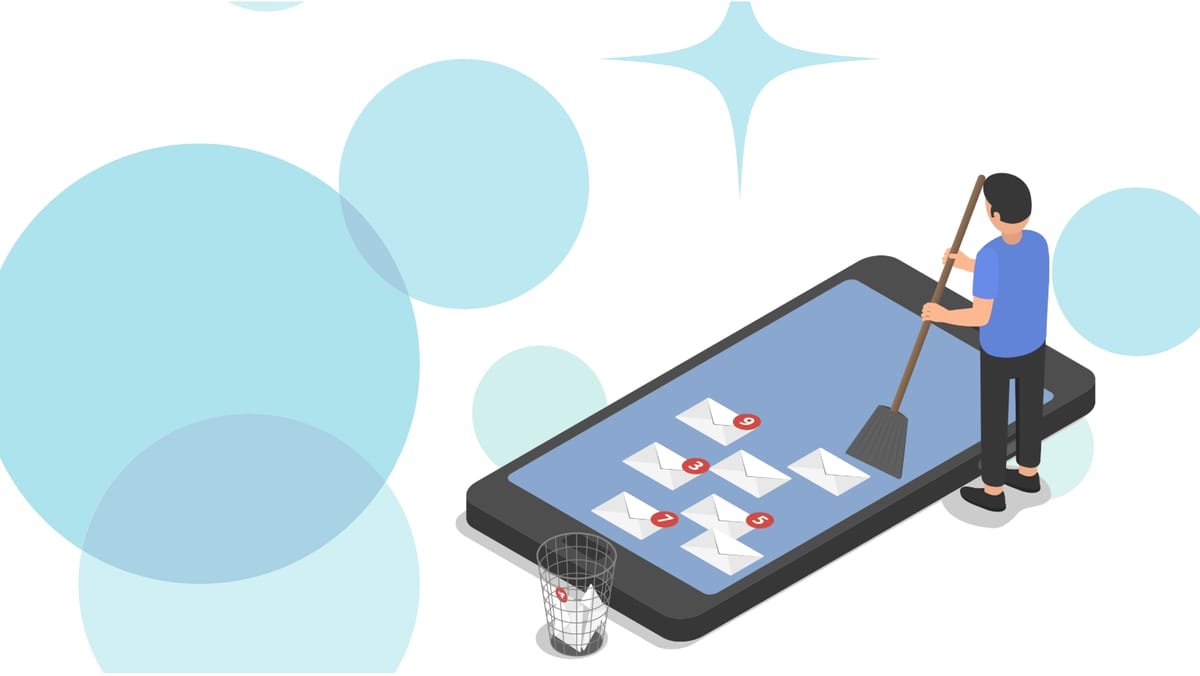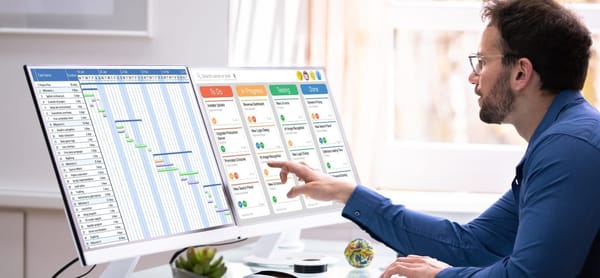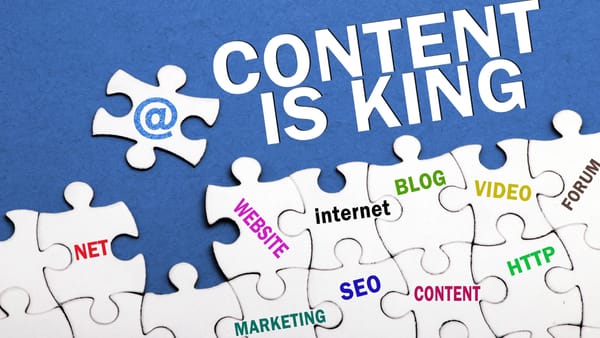Email List Hygiene: Best Practices and Benefits

Email Marketing continues to grow with its preference shifting more toward email personalization.
This means subscribers only want to see what is relevant to their interests, and behavior and are likelier to report emails as spam or unsubscribe. The Average email Open rate across all industries is 34.46%. This is where the importance of a Clean Email List comes in.
A great email marketing campaign coupled with a healthy clean email list is sure to bring results.
What does Email List Hygiene mean?
As the name indicates, it refers to maintaining a clean email list by eliminating invalid emails, unresponsive addresses, and bounced emails, thereby creating a healthy and active email list.
Best Practices for Email List Hygiene
- Define how often you want to clean your lists: Just as normal hygiene is part of routine life, so should email list hygiene. Smaller lists don’t need to be cleaned often but larger ones need to be. It is important to maintain the cadence used to clean email lists.
- Role Accounts: Role email addresses must be removed such as Info@, Sales@, Support@, or Marketing@, as these are not usually reviewed by an individual, but a group and will have a variety of behaviors when it comes to metrics. For example: If an employee who used to regularly open the emails and engage with them left the company, and their replacement found the email to be spam, they would mark it so and remove it from their inbox.
- Removal of Bounced and Invalid Emails: Bounced Emails are email addresses that could be typed in wrong, or are invalid. It is important to remove such emails because they can negatively impact your email deliverability and the sender's reputation.
- Address Unengaged Subscribers: While it may hurt to remove unengaged subscribers, it is important to make sure the email list prioritizes quality over quantity. Constantly emailing contacts that do not engage over a period of time will lead to hurting your sender's reputation and email metrics. The best way to do this is to run a re-engagement campaign, if subscribers still don't respond to your emails, it might be time to let them go.
- Confirmation of Email Addresses: It is important to have a double opt-in method to make sure subscribers want to receive your emails. This is done by a subscriber confirming their opt-in status with a confirmation link sent to their inbox. This helps reduce invalid emails and keeps the email list healthy.
- NEVER buy Email Lists: While buying email lists might seem like an attractive option and might provide some Short-term/Initial benefits, it can lead to a lot of spam complaints and impact your reputation and email deliverability majorly.
- Make it Easy to Unsubscribe: Subscribers should find it easy to unsubscribe as if they don't, they might choose to report the email as spam, which is more damaging to the organization than forcing someone to remain a subscriber.
Some of the benefits of having a hygienic email list
- Increases Email Deliverability: In simple terms, this means that emails are caught less often by spam filters and ISPs (Internet Service Providers) and reach your audience.
- Reduces Bounce Rate: It is recommended that the bounce rate be under 2%, anything above 2% is worth noting and might require correction. Having a reduced bounce rate will lead to a healthy and warm email list.
- Maintain your Reputation: Undelivered emails and spam reports will hurt the email senders' reputation, this can lead to ISPs blocking email and reducing your deliverability to other legitimate emails. This is wider than emails and can start affecting the overall performance of your business and will lead to more client-customer communication being undelivered or going straight to spam. Therefore, Having a clean email list will greatly reduce potential risks to the organization.
- Avoiding Spam Traps and Complaints: Some individuals report emails and businesses as spam regularly. They might call, or email businesses or ESPs to complain about spam and can even threaten to sue. Spam Traps are email addresses used by ISPs to regulate organizations to ensure they follow best email practices. Regular clean-ups can help avoid being caught by spam traps and spam reports.
Now that you’ve read the importance of a hygienic email list, it's time to start cleaning those lists!




